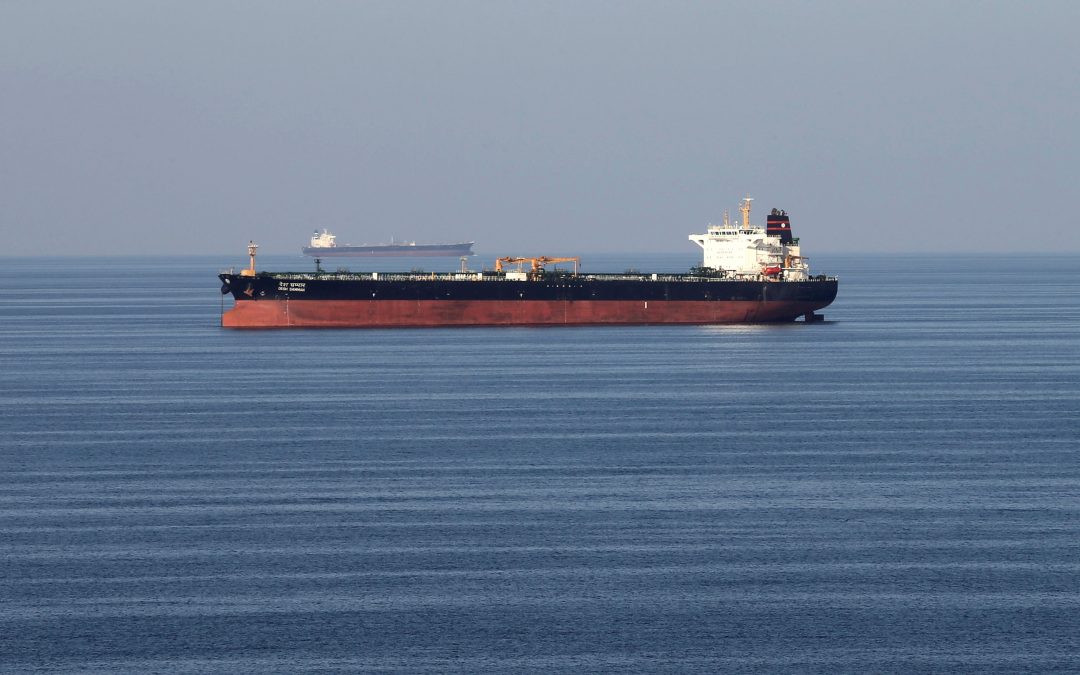The government is set to ban 25-year-old oil tankers, bulk carriers and general cargo vessels, both Indian registered and foreign flagged, from calling Indian Ports to load and unload cargo as it looks to encouraging a younger fleet to improve safety, meet global rules on ship emissions and protect the marine environment from pollution during mishaps.
In the case of gas carriers, fully cellular container vessels, harbor tugs (those operating within ports), specialized vessels such as diving support, geo-technical, pipe laying, seismic survey, well simulation etc., dredgers and offshore fleet, the age limit for operating into and within India will be set at 30 years.
For anchor handling tugs and tugs involved in long tow, non-self-propelled ocean-going cargo carrying barges and any other vessels, the age cap will be 25 years, according to a draft order written by the Directorate General of Shipping (D G Shipping) seen by ET Infra.
The ‘Age Norms and other Qualitative Parameters for Registration/ operation of Vessels under Indian Flag and requirement for foreign flag vessels calling at Indian ports for carrying Indian cargo or providing services in Indian Exclusive Economic Zones, offshore area is expected to be announced in the next few days.
Second hand ships, across categories, of 20 years and above cannot be acquired by Indian entities and registered under the Indian flag. The age limit for acquiring and registering second hand dredgers will be 15 years.
Ships will be automatically deregistered/deleted from the Indian registry on reaching the stipulated age limit for operations for the respective segments.
The D G Shipping will also prescribe various compliance checks on quality and safety of new ships, second hand purchaes and exisiting vessels based on age slabs.
The age and other qualitative parameters will apply to foreign flag vessels calling Indian ports for carrying Indian export-import (EXIM) and coastal cargo whether on free-on-board (FOB) or cost-insurance and freight (CIF) or delivered basis or providing services within the Exclusive Economic Zones of India/ Offshore area, whether chartered by an Indian entity or otherwise. In such cases, the maximum age of the vessel will be calculated on the date of commencement of service or carriage of cargo.
Further, if a foreign entity is competing for an Indian cargo (on FOB or CIF or delivered basis), a ship owned by that entity must not be older than 20 years.
The age and other qualitative parameters will also be applicable to vessels acquired under the ‘Indian controlled tonnage’ regime carrying Indian EXIM/coastal cargo whether on FOB or CIF or delivered basis or providing services within the Exclusive Economic Zones of India/Offshore area. The age of the vessel will be computed from the ‘Date of Built’ as mentioned in the Certificate of Registry.
Passenger vessels will be excluded from the age norms.
“Quality tonnage is paramount for safe and secure expansion of the maritime sector and to achieve sustainability in ocean governance. The safety of life at sea and ships depends on the quality of tonnage registered under the flag of a country,” according to D G Shipping, India’s maritime regulator.
The International Maritime Organizations or IMO, the UN body that regulates global shipping, has adopted an initial strategy for reduction of GreenHouse Gas emissions. To achieve the targets defined by the IMO, vessels need to be transformed to run on alternate fuels and age norms will assist in ensuring gradual phasing out of fossil fuel ships and entry of alternate/low carbon energy efficient ships, it said.
Prior technical clearance is not required for acquisition of vessels below 25 years of age, according to the existing guidelines on registering ships under the Indian flag. Such clearance, though, are mandated for vessels of 25 years and above.
The age norms are being introduced to improve the quality of Indian tonnage and supplements a government plan to promote flagging of ships in India.
In 2021, the government unveiled a subsidy scheme for Indian flag ships for moving state- owned cargo. Under the subsidy scheme, Indian fleet owners get a 5-15 percent extra on charter rates, depending on age slabs, on ships registered in India after Feburary 1, 2021.
The government has budgeted a corpus of Rs 1,624 crore to be disbursed as subsidy for moving crude oil, LPG coal, and fertilizer cargo for state-run firms, over five years, to boost Indian tonnage.
The absence of age norms has allowed Indian charterers (those hiring ships) to go for older ships and benefit from ” better rates” as older tonnage is available at “lower freight rates” as compared to younger vessels, resulting in lower transportation costs.
Charterers have also stayed clear of putting age norms in tenders in the absence of stipulation by the maritime regulator.
“There is a need for review and to specify certain requirements to enable registration/operation of quality tonnage under the Indian flag. There is also a need to create a level playing field for Indian ships by applying the requirements for quality tonnage to foreign flagged vessels calling Indian ports or Indian offshore facilities, for carrying Indian cargo or for providing services in Indian EEZ/Offshore area,” D G Shipping added.
Source: Infra News, Economic Times






